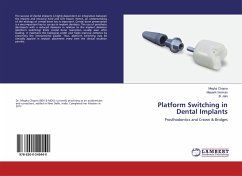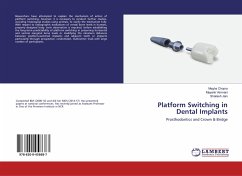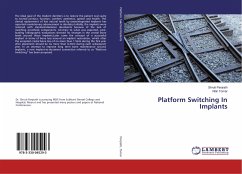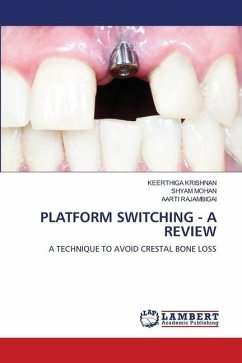New implant designs have appeared in the literature claiming that certain modifications may be helpful for maintaining crestal bone levels and consequently preserving normal soft tissue contours. In the late 1980s, wide diameter implants were commercially introduced. Initially, the implants were restored with standard-diameter abutments because of the lack of matching prosthetic components. Contrary to what was expected, post-loading radiographic evaluations showed no changes in the crestal bone levels around those implants. This serendipitous finding led to the introduction of the concept of Platform Switching, in which a smaller-diameter prosthetic component was connected to a larger-diameter implant platform to create an approximately 90º step between the implant and abutment. Several clinical reports demonstrate more favorable soft and hard tissue responses using implants placed with platform switching compared to standard platform-matched implants. Consequently, an increasing number of implant systems incorporated platform-switching into their designs as an innovative feature for preserving the peri-implant bone.








